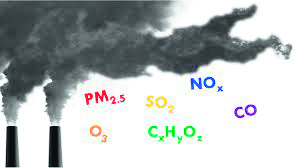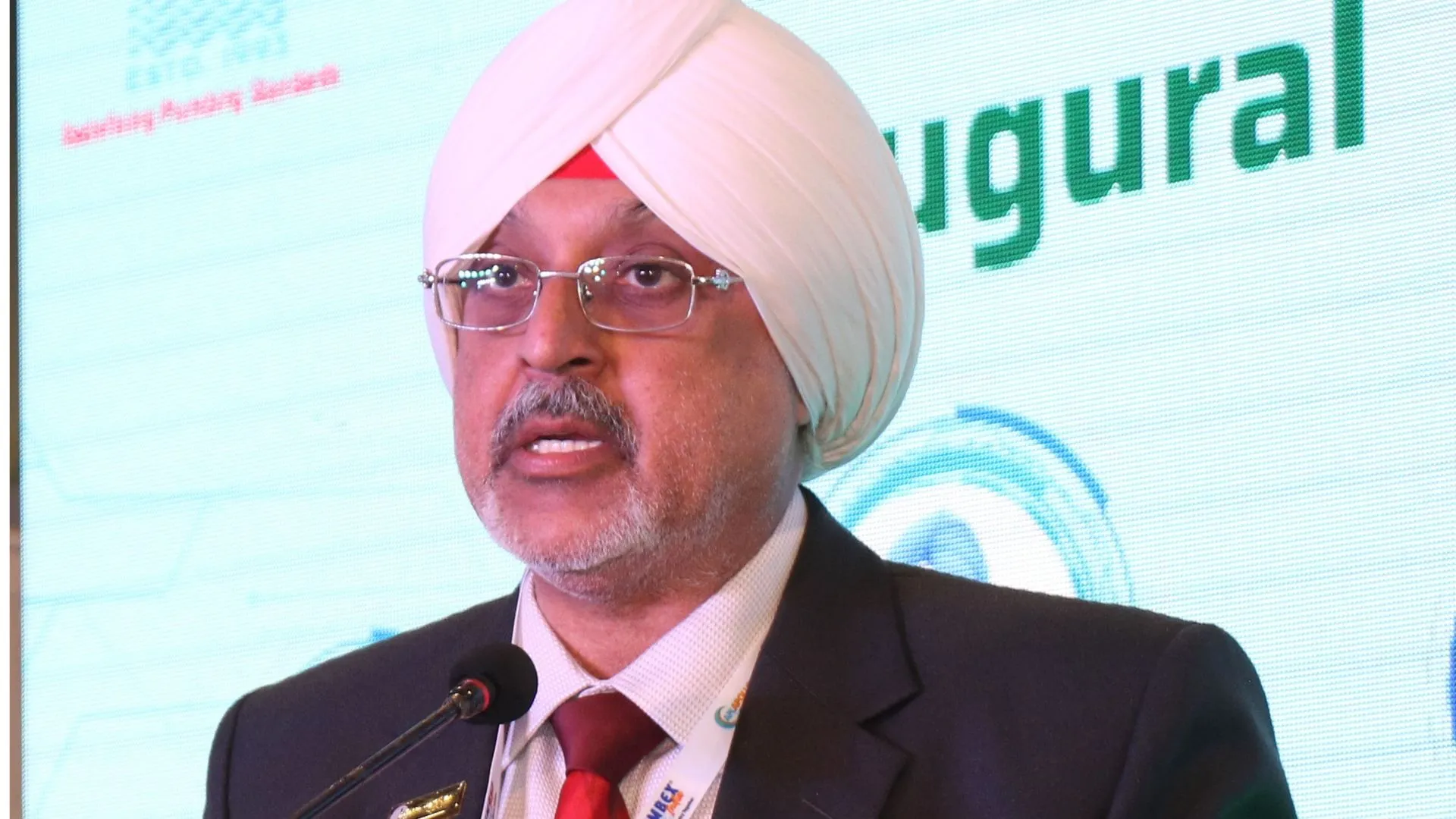In 2023, the city’s PM2.5 levels, meeting the national ambient air quality standard (NAAQS) of 60 micrograms per cubic meter, were recorded on just 115 days, as reported by the Centre for Research on Energy and Clean Air (CREA). Days categorized as ‘good’ (up to 30 µg/m3) for PM2.5 levels numbered nine in 2023, a notable decrease compared to 40 such days in 2022. In 2021, the ‘good’ category was observed for 21 days, in 2020 for 49 days, and in 2019 for 31 days.
According to CREA data, the city’s PM2.5 levels met NAAQS norms on 109 days in 2022. The figure stood at 159 days in 2021, 173 days in 2020 and 122 days in 2019 (see graphic).
The pollutant levels were ‘satisfactory’ (30-60 µg/m3) for 106 days in 2023, up from 69 days in 2022 but a dip from 2021 (138 days). There were seven ‘severe’ pollution days (when PM2.5 levels were above 250 µg/m3) last year — against just two in 2022 and five in 2021.
The average PM2.5 concentration in 2023 was 90 µg/m3, the same as the year before. Both were much higher than the NAAQS, which is 40 µg/m3. The annual PM2.5 concentration was 92 µg/m3 in 2021, 82 µg/m3 in 2020 and 94 µg/m3in 2019.
PM2.5 refers to air particles that are 2.5 microns in diameter, which is approximately 1/30th the width of a strand of human hair. It consists of fine, toxic particles that can penetrate deep into the lungs, enter the bloodstream and cause heart disease, stroke and other respiratory diseases. PM2.5 data is a parameter widely used for assessing the impacts of air pollution on health.
“While there has been a notable decline in the frequency of ‘poor’ air quality days in Gurgaon, the number of days with ‘good’ air has decreased too. This suggests that while there has been some improvement in managing peak pollution episodes, the same persistent sources of pollution continue to compromise the city’s air quality for a majority of the year,” said Sunil Dahiya, an analyst at CREA.
He added, “Overall pollution levels have not seen a decrease since 2020. This implies a rise in the number of vehicles and heightened contributions from regional sources such as industries, power plants and construction activities, among others.The city requires a comprehensive action plan with targeted reductions in emission loads within the broader airshed.”
According to experts, the analysis reflects that the gradual long-term improvement in annual PM2.5 levels since 2018 came to a halt in the last two years. “With a dip in stubble burning, an increase in rainfall between March to June, the annual pollutant levels should have improved. Instead, adverse meteorological conditions, specifically lower wind speeds, exacerbated the situation due to persistently high local pollution. The city had been experiencing a consistent decline in its annual PM2.5 levels since 2018. There was a drastic drop in 2020 due to lockdowns imposed during the pandemic. It increased slightly in 2021, but in the last two years, there has been no improvement,” said Shubhansh Tiwari, a research associate at Centre for Science and Environment.
As many as 11 Haryana cities are in the top 50 most polluted cities around the world, according to the 2021 World Air Quality Report. These include Hisar (with the average PM2.5 that year at 89 µg/m3), Faridabad (88.9 µg/m3), Rohtak (86.9 µg/m3), Jind (84.1 µg/m3), Gurgaon (92 µg/m3), Dharuhera (75.8 µg/m3), Charkhi Dadri (73.9 µg/m3), Yamunanagar (73.3 µg/m3), Sonipat (68.7 µg/m3), Kurukshetra (68.1 µg/m3) and Ambala (65.3 µg/m3).










